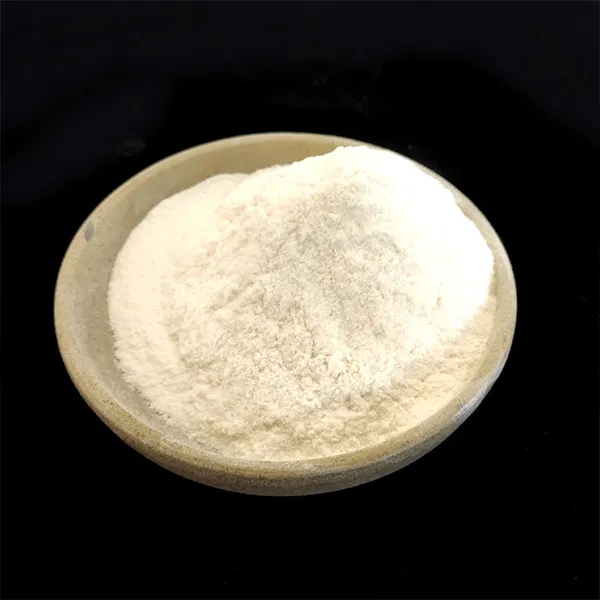The Versatile World of Cellulose Polymers
Cellulose, the most abundant organic polymer on Earth, has captivated scientists and industries alike due to its remarkable properties and versatile applications. Found primarily in the cell walls of plants, cellulose serves as a crucial structural component. Its unique molecular structure, featuring extensive hydrogen bonding, contributes to its strength and solubility characteristics, making it a critical material in a myriad of industries, from textiles to pharmaceuticals.
What Are Cellulose Polymers?
Cellulose polymers consist of long chains of glucose units linked by β-1,4-glycosidic bonds. This linear arrangement of glucose molecules allows cellulose to form microfibrils that provide strength and rigidity to plant cell walls. Cellulose can be chemically modified to produce a variety of cellulose derivatives, including methylcellulose, hydroxypropyl cellulose, and carboxymethyl cellulose. These derivatives have enhanced solubility and can be tailored for specific applications, broadening the utility of cellulose in various sectors.
Applications in the Textile Industry
In the textile industry, cellulose fibers such as cotton and rayon are widely used. Cotton, composed of almost pure cellulose, is favored for its comfort, breathability, and natural feel. Rayon, a regenerated form of cellulose, is prized for its versatility and silk-like qualities, making it popular in fashion and home furnishings. The inherent properties of cellulose, such as moisture absorption and biodegradability, make these textiles environmentally friendly options compared to synthetic fibers.
Food Industry Innovations
Cellulose polymers also play a vital role in the food industry. Cellulose derivatives, like carboxymethyl cellulose, are utilized as thickening agents, emulsifiers, and stabilizers in various food products. These additives not only improve texture but also enhance the shelf life of food items. Moreover, dietary fiber derived from cellulose is celebrated for its health benefits, promoting digestion and reducing the risk of chronic diseases. As consumers become more health-conscious, the demand for cellulose-based food additives continues to grow.
cellulose polymer

Pharmaceutical and Biomedical Applications
In the pharmaceutical arena, cellulose polymers are used extensively as excipients in drug formulation. Their biocompatibility and ability to form gels make them ideal for controlled drug release systems. Additionally, cellulose derivatives are often applied in coatings for tablets and capsules, helping to mask unpleasant tastes and improve the overall patient experience.
The biomedical field has also seen innovations involving cellulose. Regenerative medicine researchers are exploring cellulose-based scaffolds for tissue engineering. The ability of cellulose to support cell adhesion and proliferation makes it a promising candidate for developing artificial tissues and organs, providing a potential solution for transplant shortages.
Environmental Sustainability
In light of growing environmental concerns, cellulose polymers are increasingly viewed as sustainable alternatives to petroleum-based plastics. Biodegradability and the ability to be derived from renewable resources position cellulose as an attractive option for manufacturers looking to reduce their ecological footprint. Research into cellulose nanofibers (CNFs) and nanocrystals (CNCs) showcases their potential for creating lightweight, high-strength materials applicable in packaging, automotive parts, and construction.
Future Prospects
The future of cellulose polymers is bright, with ongoing research and development opening new avenues of application. Innovations in nano-cellulose technology promise to enhance the performance of existing materials and create entirely new products. As sustainability continues to drive consumer choices and regulatory policies, cellulose-based solutions are likely to thrive across numerous sectors.
In conclusion, cellulose polymers represent a fascinating convergence of nature and technology. Their diverse applications, combined with their sustainability credentials, position them as key players in addressing some of today's most pressing challenges, from resource conservation to health and wellness. With ongoing advancements, cellulose polymers will undoubtedly continue to shape the future of many industries.
-
Rdp that The Revolutionary Polymer Powder Transforming Modern Construction MaterialsNewsAug.11,2025
-
Hpmc Powder that Versatile Additive for Detergents and Personal CareNewsAug.11,2025
-
Hpmc Hydroxypropyl Methylcellulose that Essential Building Material Additive from Shijiazhuang Gaocheng YongfengNewsAug.11,2025
-
Hydroxypropyl Methyl Cellulos Hpmc that Essential for Construction ApplicationsNewsAug.11,2025
-
Mhec Powder that Revolutionizing Construction Chemistry with Cellulose Ether SolutionsNewsAug.11,2025
-
Industri Hpmc that The Global Backbone of Advanced ConstructionNewsAug.11,2025




